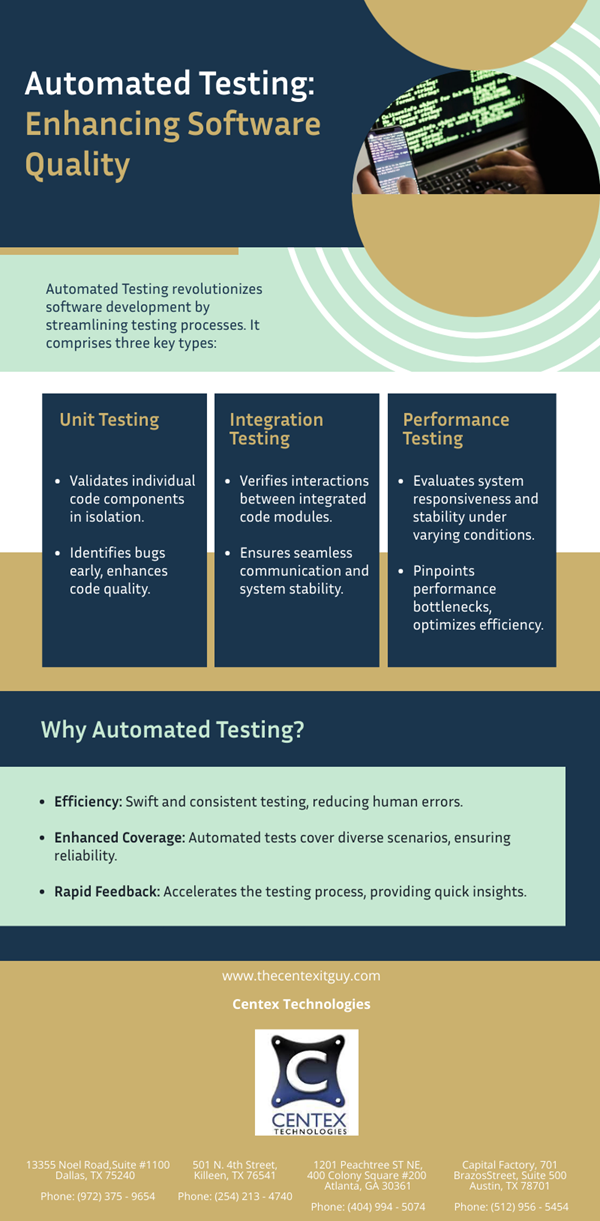Privacy engineering involves systematically integrating privacy considerations into system design, development, and implementation. This approach bridges the gap between technological innovation and privacy protection, ensuring that systems prioritize not only functionality and efficiency but also respect individuals’ privacy rights and expectations. It employs principles, methodologies, and tools to embed privacy requirements throughout a product or service’s lifecycle.
Key Aspects of Privacy Engineering:
- Privacy by Design (PbD): Embedding privacy features and protections into systems right from the initial design phase rather than as an afterthought. This includes considering privacy implications in architecture, data collection, and processing.
- Risk Assessment and Mitigation: Identifying potential privacy risks and vulnerabilities in systems and processes and implementing measures to mitigate these risks. This involves conducting privacy impact assessments (PIAs) and threat modeling to anticipate and address privacy threats.
- Compliance and Regulations: Ensuring adherence to relevant privacy laws, regulations, and standards. Privacy engineering involves interpreting and applying legal requirements, such as GDPR, CCPA, HIPAA, or sector-specific regulations, to ensure compliance.
- User-Centric Approach: Prioritizing the requirements and choices of users by providing transparency, control, and consent mechanisms over their personal data. This involves clear communication about data practices and enabling user choices regarding data collection and usage.
- Technological Solutions: Implementing technical measures and tools such as encryption, access controls, anonymization, and pseudonymization to safeguard personal data and ensure privacy and confidentiality.
- Continuous Improvement and Accountability: Establishing processes for ongoing monitoring, evaluation, and improvement of privacy measures. This includes documentation, accountability mechanisms, and regular audits to ensure the effectiveness of privacy controls.
Importance of Privacy Engineering:
- Protecting User Rights: Ensures individuals’ rights to privacy and data protection are respected and upheld.
- Building Trust: Enhances trust between businesses and users by demonstrating commitment to protecting personal data.
- Risk Mitigation: Reduces the likelihood of data breaches, privacy violations, and associated legal and reputational risks.
- Legal Compliance:Helps organizations comply with privacy regulations, avoiding penalties and legal consequences.
Examples of Privacy Engineering Practices:
- Implementing end-to-end encryption in messaging apps.
- Designing systems with granular privacy controls allowing users to manage their data preferences.
- Conducting privacy impact assessments before deploying new technologies or services.
Challenges in Privacy Engineering:
- Technological Complexity: Integrating robust privacy measures into complex systems, especially emerging technologies like IoT, AI, and blockchain, poses significant challenges due to their intricate functionalities and data processing capabilities.
- Adapting to Regulatory Changes: Navigating the evolving landscape of privacy regulations and ensuring continuous compliance with changing laws across different regions can be challenging for global organizations.
- Balancing Innovation and Privacy: Striking a balance between fostering innovation and ensuring privacy protection is a constant challenge. Innovations often push boundaries, requiring privacy engineers to find solutions that support both technological advancement and privacy requirements.
- Resource Limitations: Resource constraints, including budget, expertise, and time, can impede the implementation of robust privacy measures, especially for smaller organizations or startups.
- User Understanding and Consent: Ensuring that users understand privacy implications and providing meaningful consent mechanisms, especially in complex systems, remains a challenge.
Advancements in privacy engineering are vital for creating a digital ecosystem where innovation and privacy coexist harmoniously. Centex Technologies provides customized application development and networking solutions for enterprises and start-ups. For more information, contact Centex Technologies at Killeen (254) 213 – 4740, Dallas (972) 375 – 9654, Atlanta (404) 994 – 5074, and Austin (512) 956 – 5454.-

